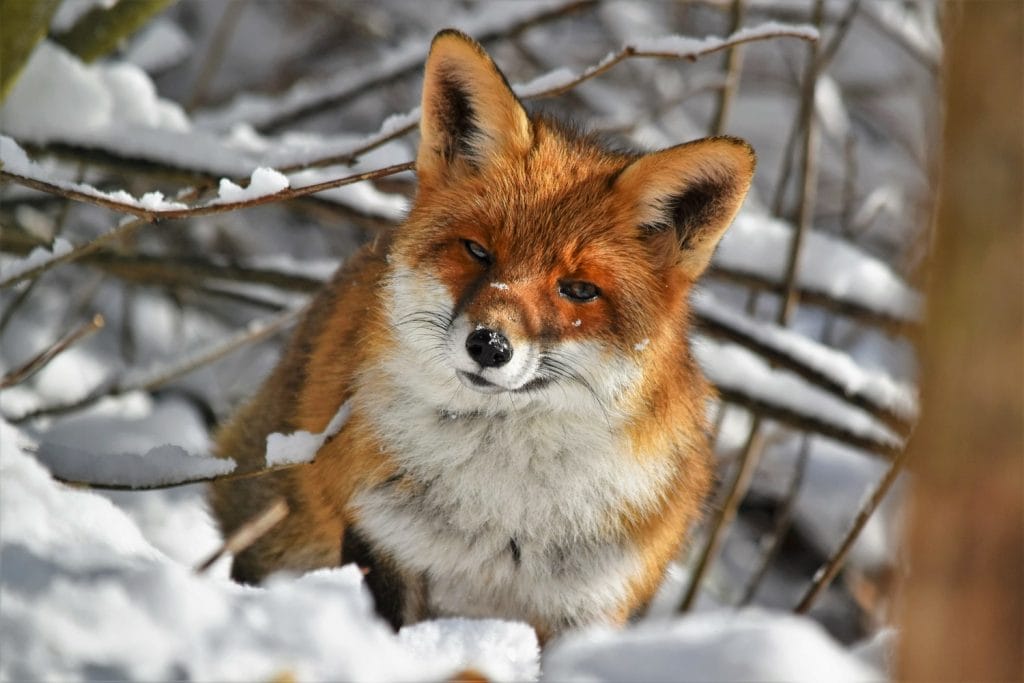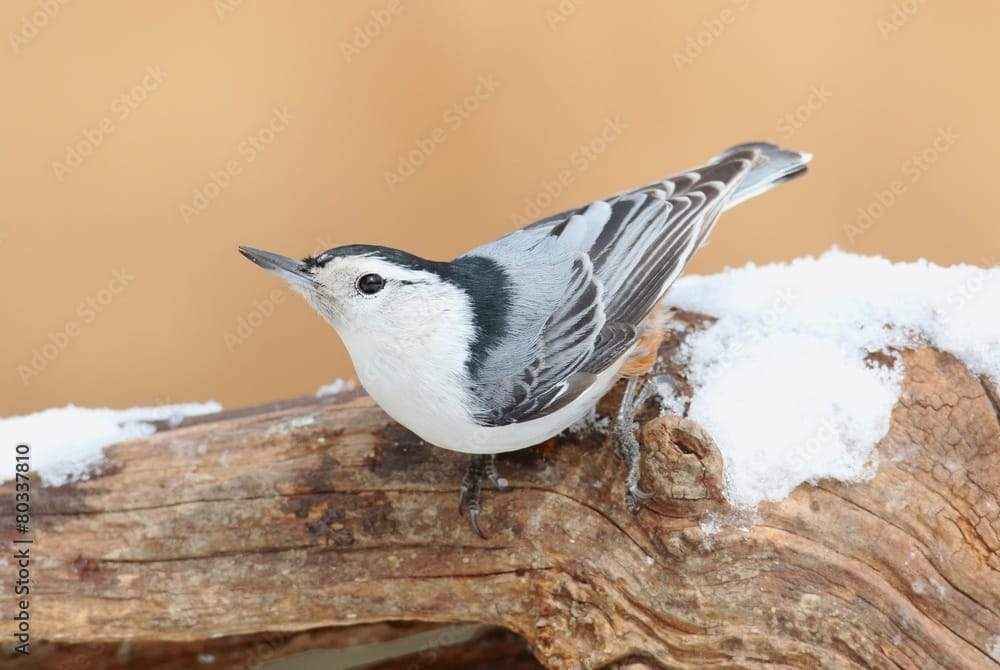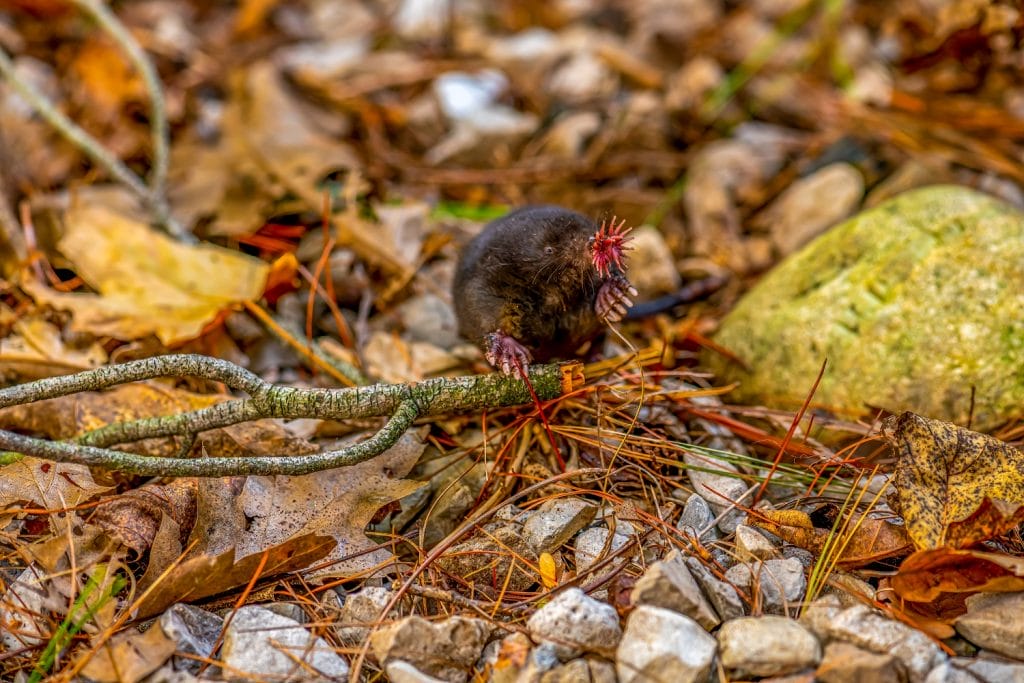Some facts about dragonflies
Equipped with a lo-o-o-o-ng abdomen and impressive mandibles, the dragonfly looks like it could easily sting or bite us. In Québec, it is sometimes called a “crève-yeux” – an eye-puncturer! So…what is it?
Dragonflies, with fixed wings that extend like those of a plane, are part of the order Odonata (a word which means “mandible adorned with teeth”), which also includes damselflies (whose wings fold back against the body when the insect is at rest). They are impressive predators, feeding themselves on a huge number of small insects, flies, mosquitoes, butterflies…which in general they chase on the wing. They patrol their territory ceaselessly, spotting, catching and even devouring their victims without landing. In fact, they play an essential role in the control of harmful or unwanted insects.
Odonata seize their prey with their legs. Their tibia, covered with silk, are sometimes used as a net to catch flies. Kept captive by the lower lip and the jaws, the victim is then crushed with the mandibles – like chisels with microscopic teeth which tear and cut up the various parts one after another to facilitate ingestion. When you catch a dragonfly, it may try to bite you with its mouthparts, but its bite causes little pain or after effects.
The long abdomens of the Odonata terminate in anal appendices. In females, these appendices take the shape of blades ending in saw teeth which allow them to open the tissues of plants or to dig spaces in the mud in which to deposit their eggs. In males, the abdomen ends in hooks which are used to keep the end of the female’s abdomen in position during mating.
These appendices can appear quite dangerous, but are not used to attack passersby. No, in fact dragonflies don’t bite or sting and, in particular, don’t try to puncture the eyes of naturalists! They do manage, however, to fascinate us with their grace and extraordinary liveliness.
More from this author by clicking on his photo below.


Jacques Prescott131 Posts
Jacques Prescott est biologiste, professeur associé à la Chaire en éco-conseil de l’Université du Québec à Chicoutimi. Spécialiste de la biodiversité et du développement durable, il est l’auteur de nombreux livres et articles sur la faune et la conservation de la nature. Il nous fait l’honneur de rejoindre notre équipe de collaborateurs et signera chaque mois une chronique intitulée Faune et flore. / Jacques Prescott is a biologist, associate professor with the Chair in Eco-Counselling of the Université du Québec à Chicoutimi. A specialist in biodiversity and sustainable development, he is the author of numerous books and articles about wildlife and nature conservation. He has honoured us by joining our team of contributors and will write a monthly column entitled Wildlife and Habitat.









0 Comments